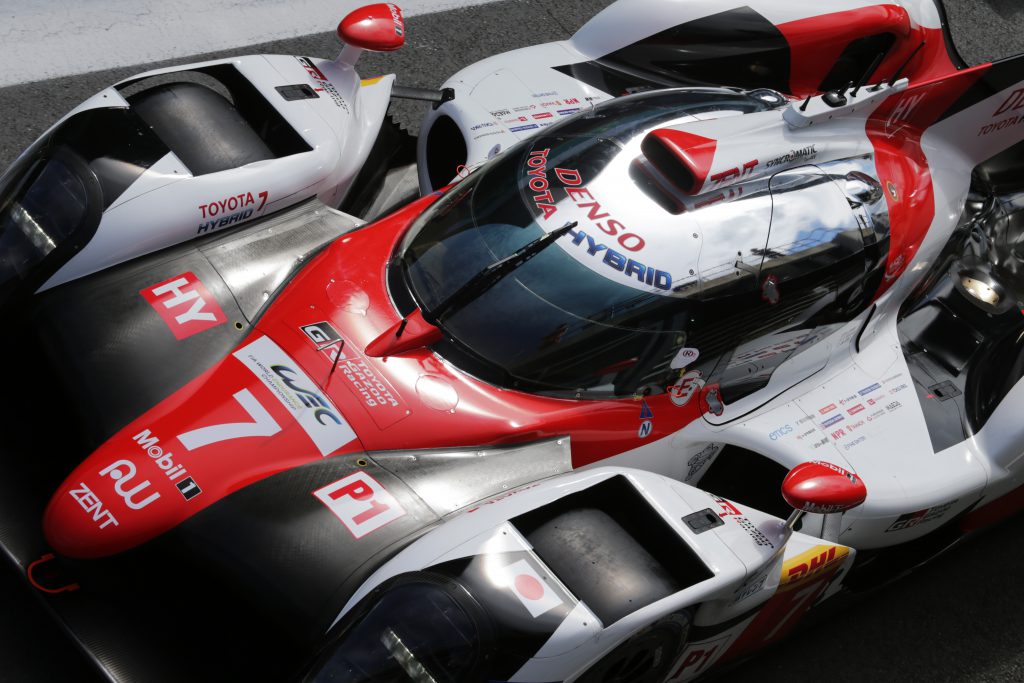Toyota’s history of tears and triumph at the Le Mans 24 Hours is well-documented, but within the nuances of its two wins over severely limited opposition in 2018 and 2019, mapping out a true LMP1 Hybrid legacy is difficult.
It is sure to be a relatively low-key La Sarthe farewell to the mighty Toyota TS050 Hybrid this Sunday.
Among the most advanced racing cars of its era, it should underline a hat-trick of victories in the World Endurance Championship’s showpiece come 3pm on Sunday afternoon.
But in the world of endurance racing nothing is a given. And even should Toyota complete its hat-trick, there will be no sea of devotees beneath the podium to cheer the weary winners home, no whirling mass scrum of photographers to chronicle the occasion.
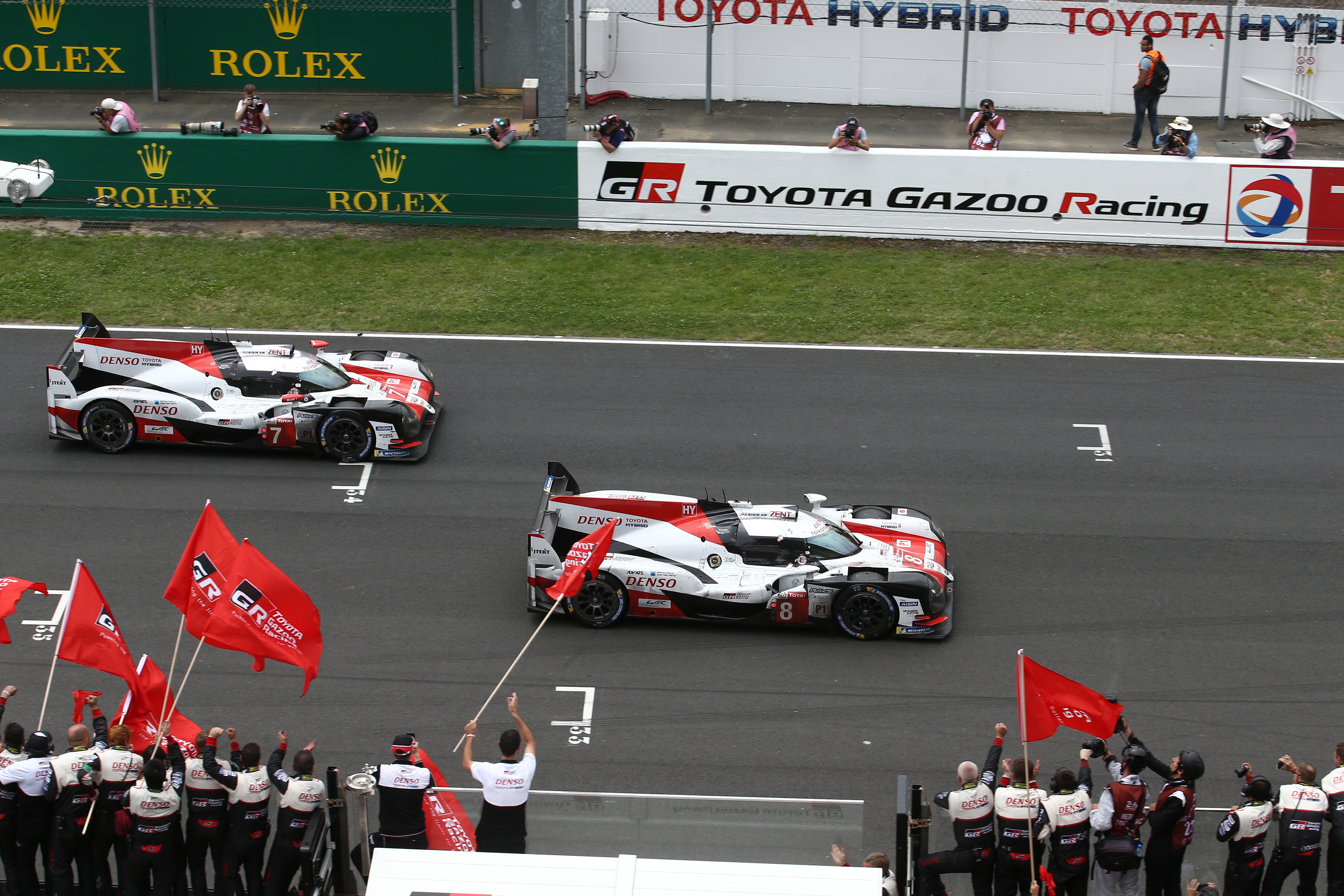
The last three WEC seasons, straddled over 2018 to the end of 2020, have featured Toyota competing in a curious hall of mirrors, one where its solitary reflection has been distorted through little fault of its own.
How will this mini-epoch in endurance racing be remembered? Will the emphasis be on the Toyota sledgehammer, or will it be on the resilient but muddled arena it raced in?
The last two campaigns have been far removed from the LMP1 hybrid era epicentre of 2015 and 2016, which has a genuine claim to be the greatest-ever era of sportscar racing.
Yes, strength in-depth and race-winning possibilities for any privateer efforts were non-existent, and yes, the costs were astronomical, allowing the LMP1 hybrid concept to almost eat itself whole. Yet those two glorious peak years produced breathtaking endurance competition that thrilled time and time again.
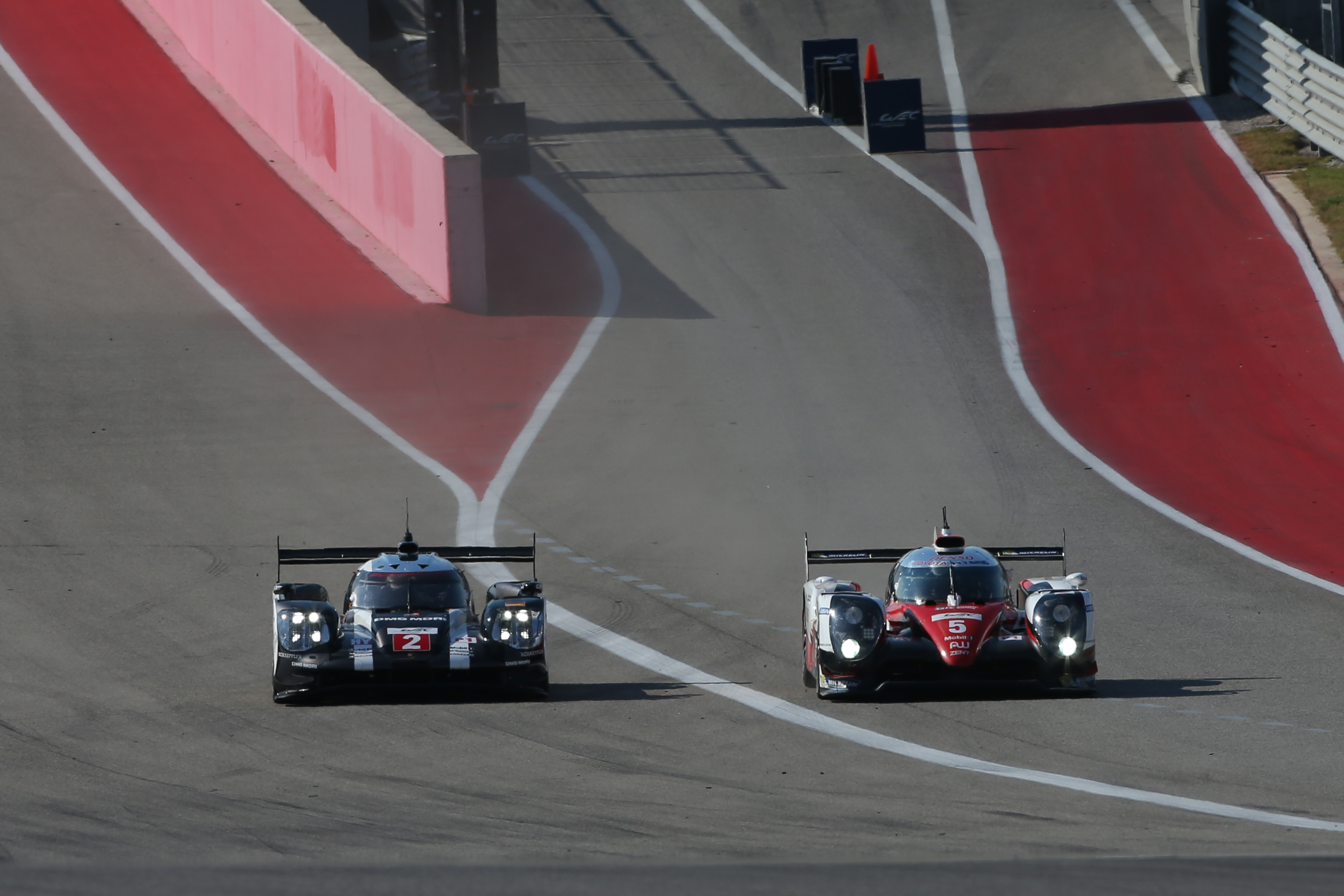
Porsche, Audi and Toyota went at each other, red in tooth and claw. The driver line-ups featured a cast of quality charging firebrands – Sebastien Buemi, Lucas di Grassi, Brendon Hartley and Mike Conway; genuine star quality – Mark Webber, Andre Lotterer and Romain Dumas; seasoned adroit pros who formed and developed complex cars to glory – Timo Bernhard, Anthony Davidson, Marcel Fassler and Neel Jani.
But after the party came the hangover. Audi and Porsche left in quick succession, both in multifarious circumstances and both for new electric horizons.
WEC had to weather a perfect storm and in a way it did, only now it leaves a survival legacy ripe for a new dawn of LMDh and LMH unification that should finally come with detail this week.
The big question will be which of these will Porsche choose when it comes back to Le Mans – because it always does. Peugoet, Toyota, Glickenhaus and ByKolles are already in, Alpine will likely follow after a stalking ‘grandfathered’ season in 2021 with an ex-Rebellion LMP1 car.
It will be a much needed and exhaustively gestated tonic for the WEC, which plugged some of the leaks.
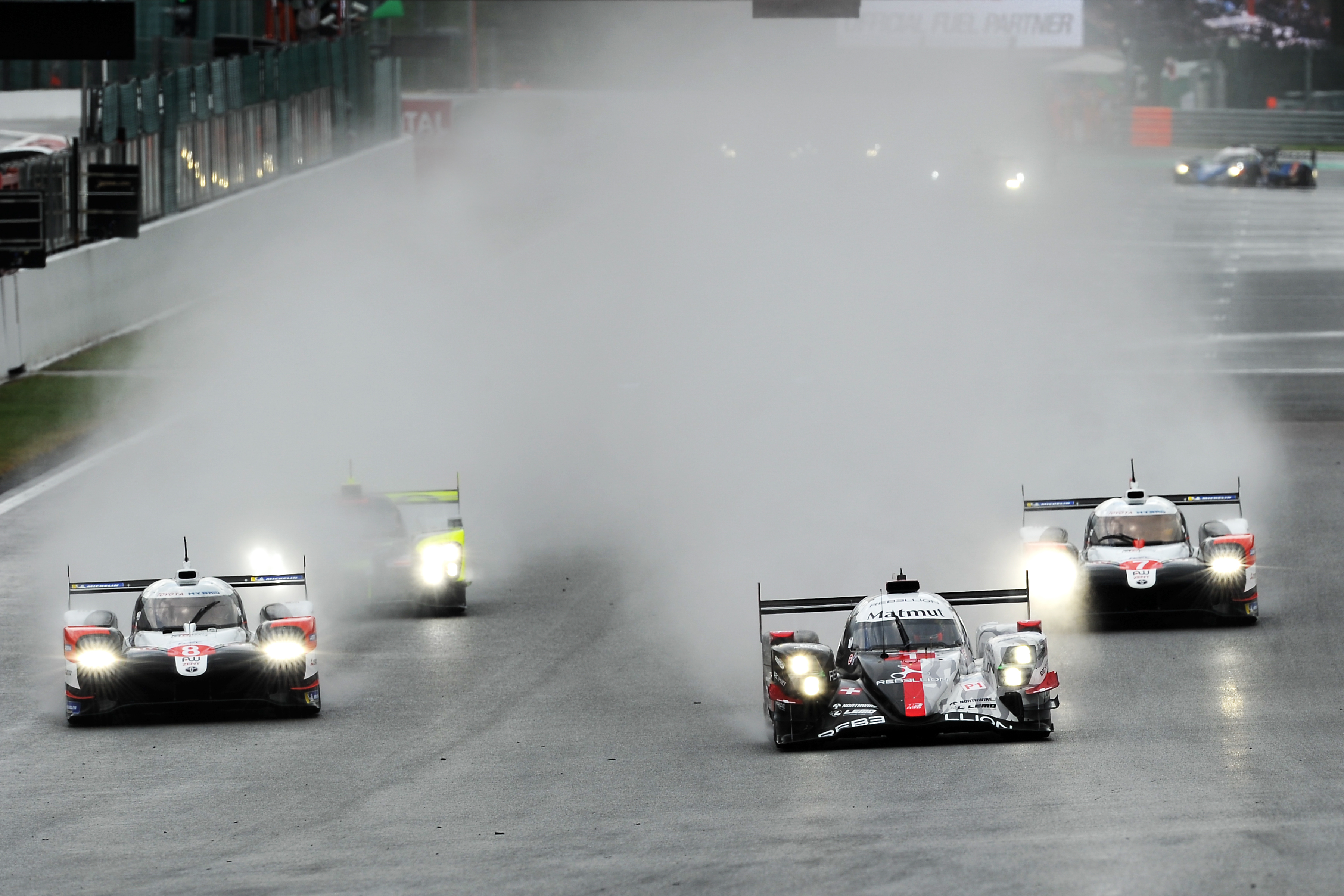
In the last two seasons there have been a variety of measures to at least attempt the creation of a race at the front of the field. It had to be done artificially simply due to the make-up of the Toyota’s hybrid roots and a dearth of credible LMP1 entrants.
Toyota’s only serious rival was Rebellion Racing and this was solely down to a mix of success handicaps and other field-levelling protocols that were provided to at least keep some interest at the front of the pack.
When some of the machinations of these left seasoned journalists, and even some engineers, struggling to explain in detail the frankly terrifying Equivalence of Technology rules, then what chance was there of appealing to new fanbases in a strand of the sport which, Le Mans apart, has always struggled to attract crowds and TV viewers?
As an example, the refuelling regulations for this weekend’s Le Mans 24 Hours are pictured below. Apart from probably rendering even Alan Turing dumbfounded, how can they possibly be woven easily into the narrative of a race for today’s and tomorrow’s racing fans hungry for oven-ready action?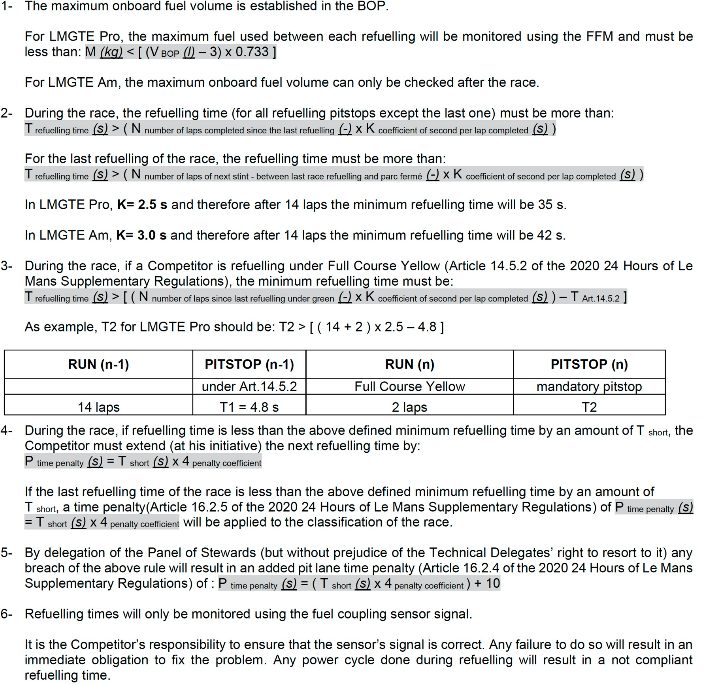
But it’s been ever thus in a way for endurance racing, just as it has been a struggle for anything other than Le Mans to reach even the back pages of many newspapers in recent years.
When almost 60,000 people turned up at the WEC 6 Hours of Nurburgring in July of 2016 amid the zenith of the series, there was a wisp of optimism but it couldn’t be sustained. The reality, of course, was that they were there to see Audi and Porsche, yet just over a year later both were gone.
This allowed Rebellion to scoop two WEC race wins overall. Its 2018 victory at Silverstone was via default after Toyota’s technical checks eradicated a 1-2 because of a ride height infraction.
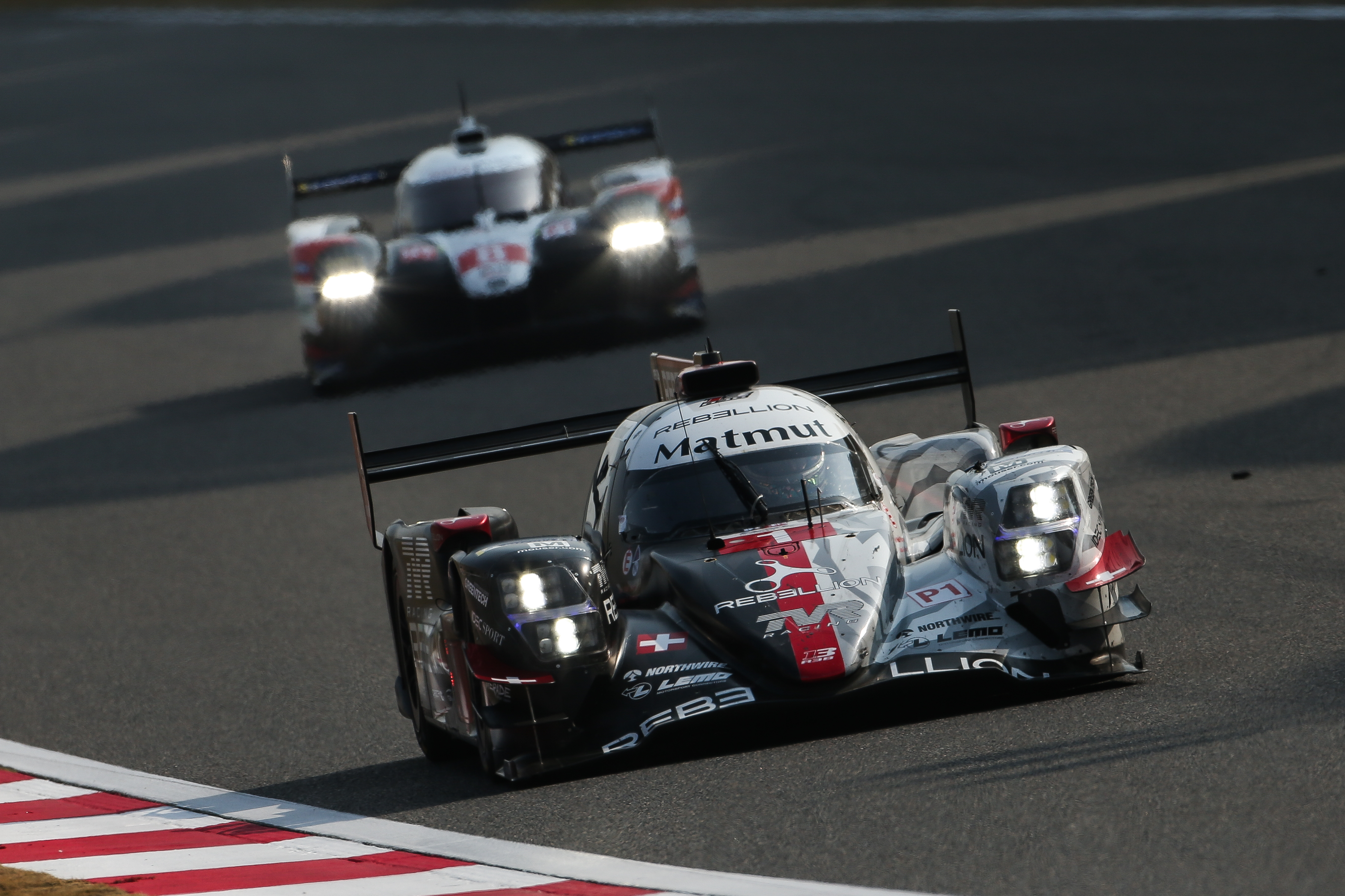
Last November, Rebellion benefited from the new success handicap criteria and won at a relative canter at Shanghai. But a few weeks later the ‘privates’ committed harakiri on themselves, allowing Toyota to create its own cakewalk in Bahrain.
For its La Sarthe valedictory run this weekend, the Toyota TS050 HYBRIDs will race at 895kg, seven kilograms weightier than they ran in 2019. Still, this is 37kg less than the car’s most bulbous condition in the WEC in prior races. This is due to increased levels of hybrid energy application, which are allowed at Le Mans beyond the levels at other WEC circuits.
Rebellion’s LMP1 machinery remains unchanged from 2019 levels for a normally-aspirated unit at 816kg.
Whatever transpires it will be the end of an era at Le Mans, one that is sure to gather layers of legend for years to come.
Toyota played a part from (almost) day one of the WEC to the very end of the LMP1 hybrid era and despite the messy last two seasons when it found itself in an unenviable situation it could not truly win from, its sporting and technical legacy deserves to be assured.


